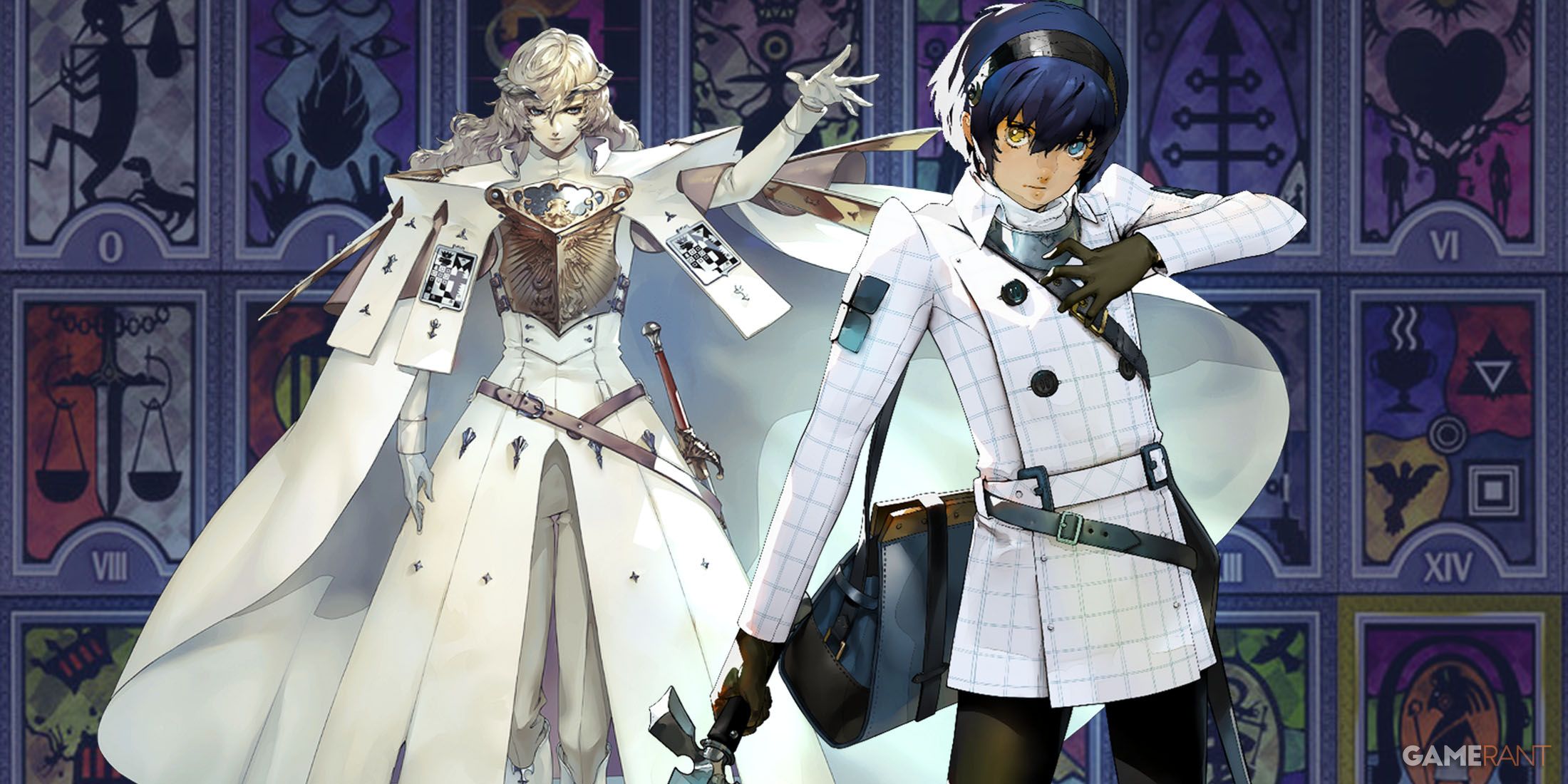Metaphor: ReFantazio takes its strategic elements and incorporates them into traveling, offering a fresh take on the hero’s journey while honing in on its themes of diversity, both in its lands and people. Blending modern Persona‘s social sim gameplay with a tumultuous political quest, the ways in which Metaphor encourages exploration help to benefit it from both a combat and world-building perspective. Bridging the gap between these locations is only made possible through Metaphor‘s gauntlet runner, which could serve as inspiration for Persona in turn.
Metaphor: ReFantazio director Katsura Hashino has stated in the past that Persona 5 was originally intended to be a traveling story, built on themes of self-discovery. As its early development progressed, however, the decision was made to center Persona 5‘s story in Tokyo, using the bustling city as a backdrop for its themes of rebellion. Persona 5 Strikers wound up utilizing a similar conceit to P5‘s original creative direction, opting for a road trip across Japan that worked to the advantage of the country’s historical landmarks. Though Hashino will not be directing Persona 6, it bears considering how Atlus’ past will work to inspire its future, and whether the title might imbue some traveling elements into its own gameplay, mirroring Metaphor‘s success.

Related
All Metaphor: ReFantazio Followers Explained as Persona Arcana
The Persona series is known for its tarot-based system for classifying Social Links, but Metaphor: ReFantazio’s characters also fit into that system.
Traveling Outside a Primary Setting
When it comes to the Persona series, there is clear merit to how its locations work in favor of its themes and identity. The small-town charm of Inaba clashing with its grisly murders, or the grim, green skies of the Dark Hour enveloping the blue waters of Tatsumi Port Island are testament to this. Seeing how a location and its people evolve through these obstacles is quite effective when being situated in one place, though there are advantages to the traveling formula that, with the growing scope of semi-open world RPGs, remain worthy of consideration. The use of the occasional field trip works on a smaller scale to this conceit, and as Persona 6 will almost assuredly continue to be school-driven, having the opportunity to travel outside the confines of its primary setting could be key to making its environment more substantial.
The Merits of Metaphor: ReFantazio’s Gauntlet Runner
In the case of Metaphor: ReFantazio‘s medieval fantasy setting, there are clear delineations between it and Persona‘s more realistic approach. Its gauntlet runner is, both literally and metaphorically, a vehicle for its journeying premise. Its design has Ikuto Yamashita written all over it, whose past work on Neon Genesis Evangelion emanates through the runner’s mechanically armored legs and other intricate detailing. Obviously, the gauntlet runner’s mechanical stylings wouldn’t be so easily replicated in a modern, practical setting, though the way it is utilized as a means for getting from A to Z while still offering gameplay importance lends weight to its effectiveness as a mechanic. Even the case of hopping on a bullet train could mirror what the gauntlet runner has to offer, providing more substantial exploration than Persona 5‘s metro system while upping the ante on stat-raising activities by involving the party.
Working to the Benefit of Persona’s Scheduling Autonomy
Should Persona 6 remain largely in one setting, then the ability to journey out from time to time on the party’s own accord could be a great way to hone in on their bonds while diversifying the game’s terrain. While the amount that there is to do in its setting remains largely up to the location from which it takes inspiration, there is merit to having exploration be accessible on a more substantial scale that actually ties into the player’s autonomy. Given the importance of scheduling in the scheme of Metaphor‘s calendar and the modern Persona games, allowing players to travel with party members on the occasional weekend trip to other semi-explorable areas could create the illusion of a larger world, and having these moments take place outside the purview of school or mission-mandated trips could replicate the strategic elements of the game’s calendar system.
It is worth noting that Metaphor has the advantage of its magic teleportation system on its side, which isn’t exactly feasible for the realism of modern Persona‘s social sim gameplay. This is a large part of how Metaphor is able to make its follower system work, allowing access to previous areas, and, subsequently, bonds for the protagonist to continue establishing. If Persona 6 has access to some type of vehicle, however, it could be all the more interesting to have bonds available only in certain areas that require a closer hand in scheduling. Ultimately, the question comes down to just how involved the game’s main setting will be, should it stay largely in one area, though having the opportunity for even small-scale traveling could work for Persona 6‘s world-building while encouraging more freedom on the player’s behalf.













Leave a Reply